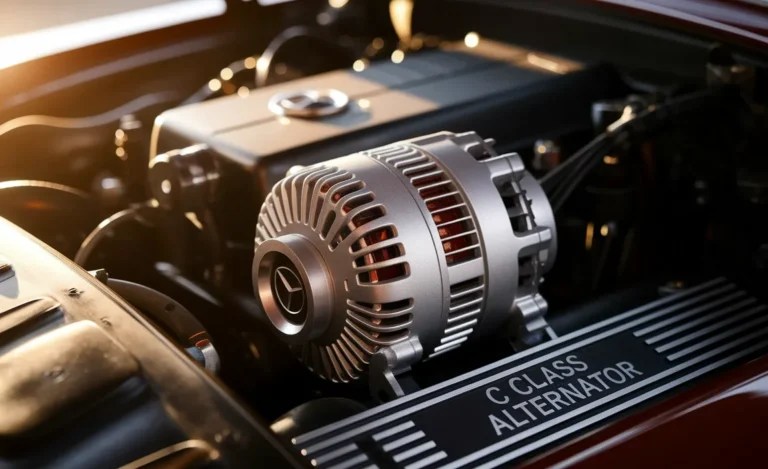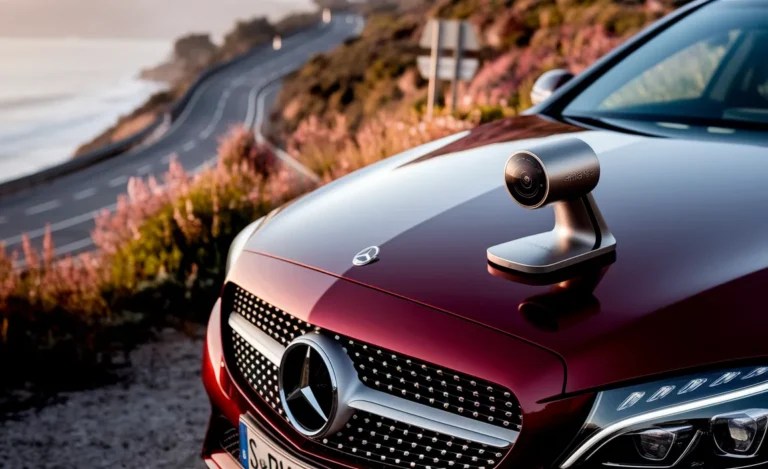C Class Alloy Wheels: Stunning Perfection
Choosing the right C Class alloy wheels means balancing stunning aesthetics with optimal performance and durability for your Mercedes-Benz. This guide simplifies the selection process, helping you find wheels that perfectly complement your vehicle’s luxury and driving dynamics, ensuring both style and substance.
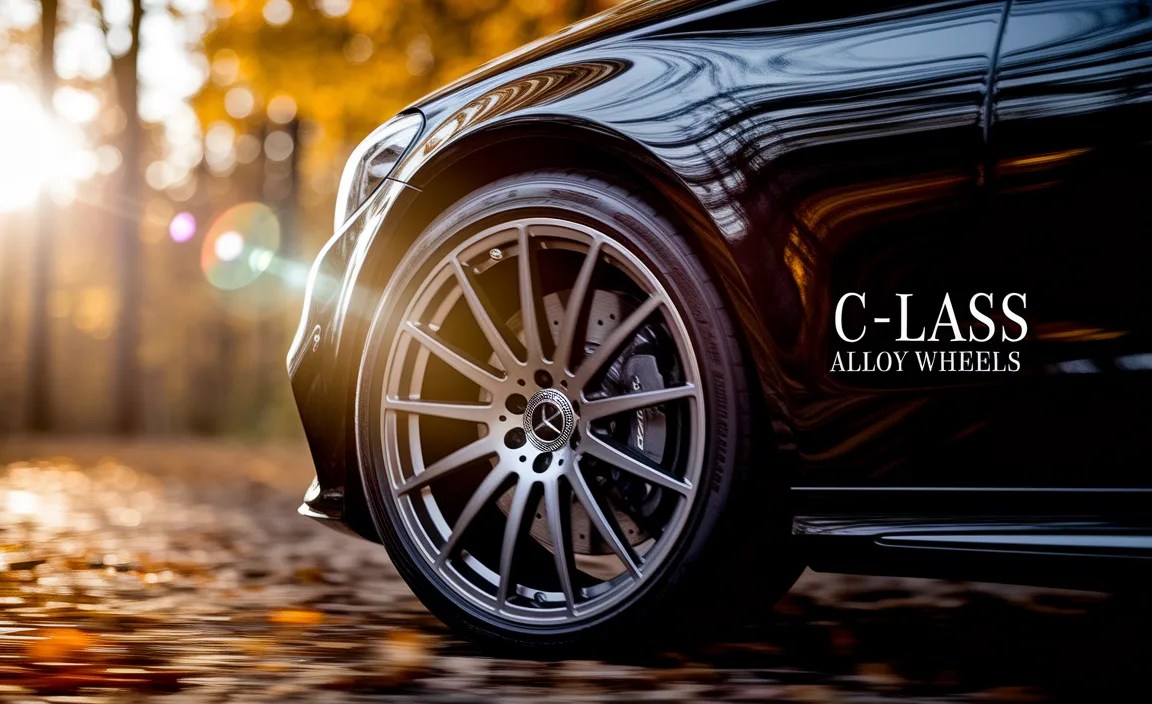
As a Mercedes-Benz owner, you appreciate the finer details that define a truly exceptional vehicle. Among the most impactful elements that can elevate your C Class is a set of premium alloy wheels. They’re not just about looks; they play a crucial role in your car’s performance, handling, and overall driving experience. If you’ve been pondering the best C Class alloy wheels, you’re in the right place. This guide will demystify the world of wheel choices, helping you select those that offer stunning perfection.
Understanding Your C Class Alloy Wheels
Your Mercedes-Benz C Class is engineered for a sophisticated blend of comfort and dynamic capability. The alloy wheels are a critical component in achieving this balance. They are typically made from a mix of aluminum and other metals, which offers a compelling advantage over traditional steel wheels. This composition makes them lighter, stronger, and more resistant to corrosion.
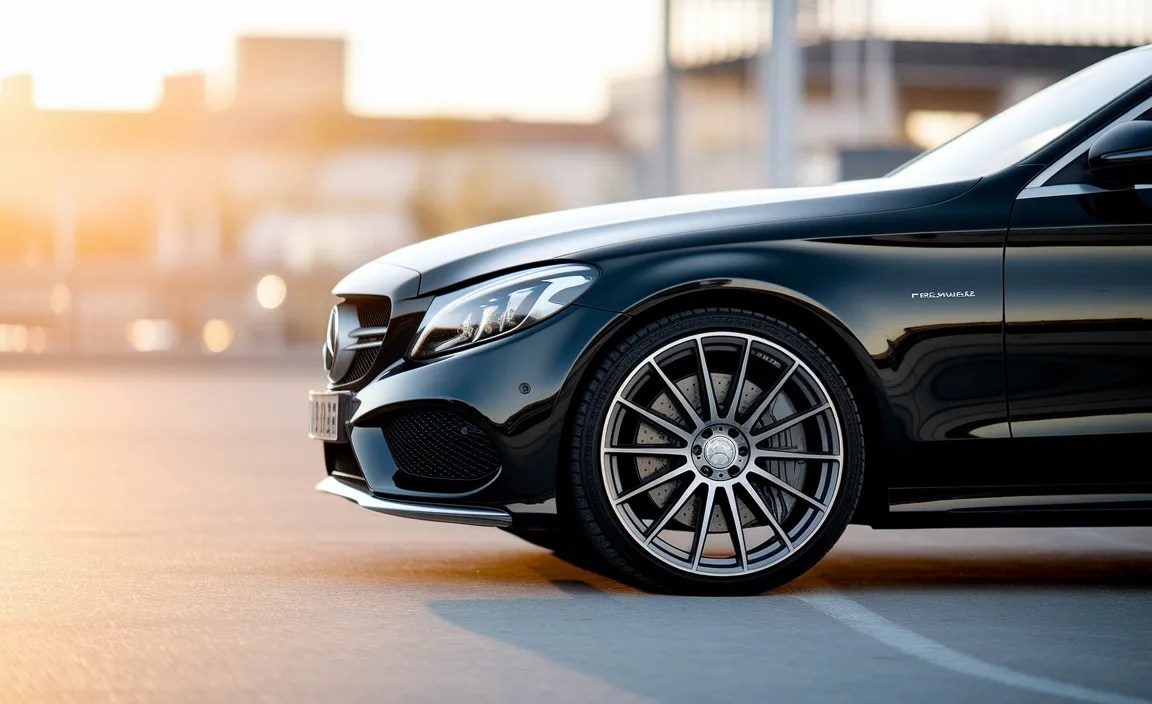
The Benefits of Alloy Wheels
Why choose alloy wheels for your C Class? The advantages are numerous and contribute significantly to both the car’s performance and its visual appeal:
- Weight Reduction: Lighter wheels mean less unsprung mass. This directly translates to better handling, improved acceleration, and more responsive braking. Your C Class will feel more agile and connected to the road.
- Enhanced Aesthetics: Alloy wheels come in an almost endless array of designs, finishes, and sizes. They are a prime opportunity to personalize your Mercedes-Benz, making it stand out from the crowd.
- Improved Cooling: The open design of many alloy wheels allows for better airflow to the brakes, helping to dissipate heat and maintain optimal braking performance, especially during spirited driving.
- Corrosion Resistance: While not entirely immune, modern alloy wheel treatments offer excellent protection against rust and corrosion, maintaining their pristine look for longer.
- Durability: High-quality alloys are designed to withstand the rigors of daily driving, offering a robust companion for your C Class.
Choosing the Right C Class Alloy Wheels: Key Considerations
When it’s time to select new C Class alloy wheels, several factors come into play. It’s a decision that requires a thoughtful approach to ensure you get wheels that are not only aesthetically pleasing but also functionally sound and safe for your vehicle.
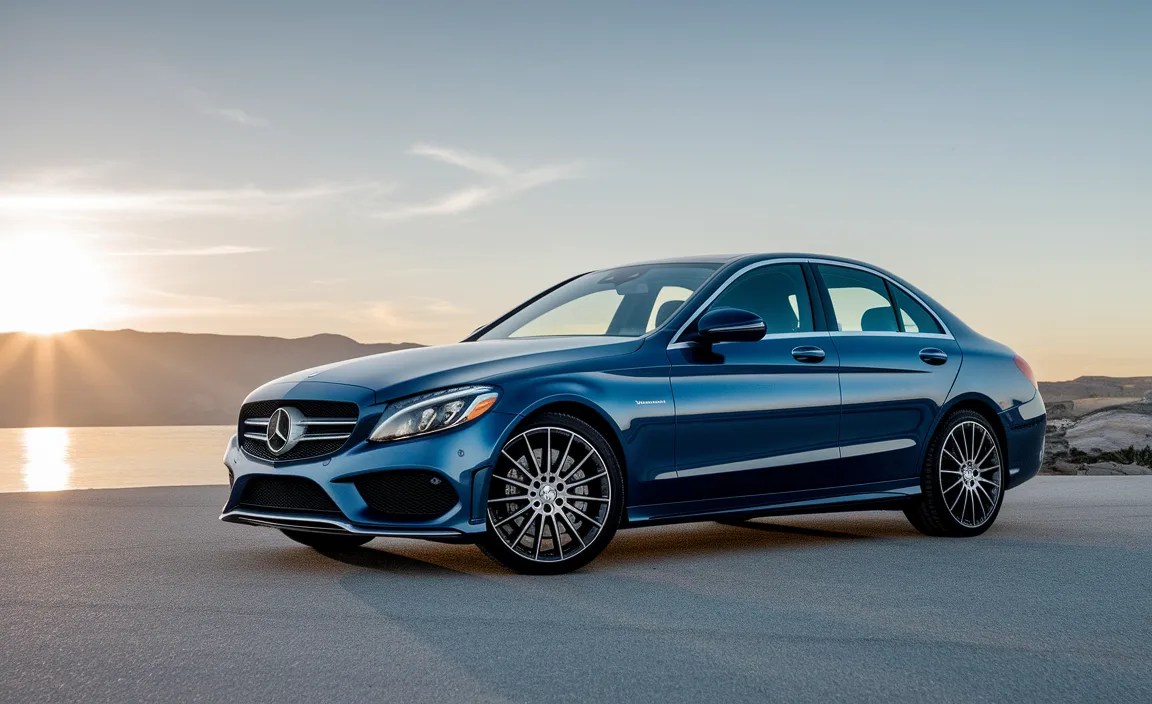
1. Size Matters: Diameter, Width, and Offset
The size of your alloy wheels is paramount. It affects everything from tire choice and speedometer accuracy to suspension geometry and fender clearance. Mercedes-Benz specifies wheel and tire sizes for a reason, to ensure optimal performance and safety.
- Diameter: This is the most visible aspect of wheel size. Common diameters for C Class models range from 17 inches to 19 inches, with larger options available for performance variants like the AMG C63. Increasing the diameter generally allows for lower-profile tires, which can enhance grip and steering response, but may also reduce ride comfort.
- Width: The width of the wheel determines the maximum tire width it can safely accommodate. A wider wheel can support a wider tire, which offers a larger contact patch with the road, potentially improving traction and cornering stability.
- Offset: This is a critical but often misunderstood specification. Wheel offset refers to the distance between the wheel’s mounting surface and the centerline of the wheel. A positive offset (where the mounting surface is towards the outside of the wheel) is common on front-wheel-drive and many rear-wheel-drive cars like the C Class. The correct offset is crucial for ensuring the wheel sits correctly within the fender well, preventing rubbing and maintaining proper steering geometry. Deviating too far from the factory offset can negatively impact handling and put undue stress on suspension components.
Always consult your C Class owner’s manual or a reputable Mercedes-Benz parts specialist to confirm the correct wheel and tire specifications for your specific model and year. Reputable tire and wheel retailers often have online configurators that can help ensure compatibility.
2. Bolt Pattern (PCD) and Center Bore
These are non-negotiable specifications. The bolt pattern, or Pitch Circle Diameter (PCD), is the diameter of a circle on which the wheel bolt holes are centered. For most modern Mercedes-Benz C Class models, this is typically 5x112mm (meaning 5 bolts on a 112mm diameter circle).
The center bore is the hole in the middle of the wheel that centers it on the vehicle’s hub. For Mercedes-Benz, this is often 66.6mm. Using wheels with the correct PCD and center bore is vital for secure mounting and to prevent vibrations. If a wheel has a larger center bore than the hub, hub-centric rings are required to ensure a snug fit. However, it’s always best to source wheels designed specifically for your C Class’s PCD and center bore.
3. Material and Construction: The Strength of Forged vs. Cast
The way a wheel is manufactured significantly impacts its strength, weight, and cost.
- Cast Alloy Wheels: This is the most common manufacturing method. Molten aluminum is poured into a mold. Cast wheels are generally more affordable but can be heavier and less durable than forged wheels. They are perfectly adequate for everyday driving and offer a wide range of styles.
- Forged Alloy Wheels: Forged wheels are created by intensely compressing a solid piece of aluminum with extreme pressure. This process aligns the metal’s grain structure, resulting in a wheel that is significantly stronger and lighter than a cast wheel of the same design. Forged wheels are often preferred for high-performance applications, including AMG models, where their strength and weight savings are most beneficial. They are, however, considerably more expensive.
4. Style and Finish: Personalizing Your C Class
This is where your C Class alloy wheels truly get to showcase their stunning perfection. The design and finish can dramatically alter the character of your vehicle.
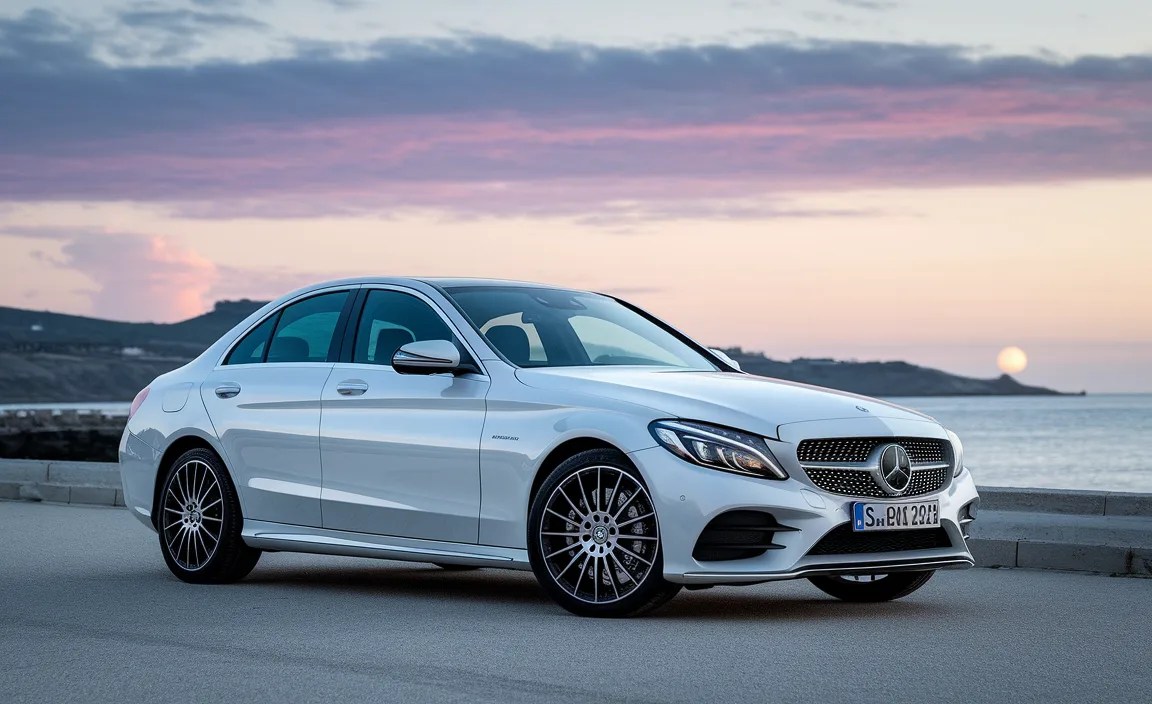
- Designs: From classic multi-spoke designs that exude timeless elegance to aggressive five-spoke or intricate mesh patterns, there’s a design to match every taste. Consider designs that complement the C Class’s sculpted lines.
- Finishes:
- Silver/Machined: A classic combination offering a bright, sophisticated look. The machined face provides a crisp, detailed appearance.
- Gloss Black: Offers a sporty, modern, and stealthy aesthetic. It can make the wheels appear larger and provides a striking contrast.
- Anthracite/Gunmetal: A darker, more subdued metallic grey that adds depth and a high-end feel.
- Chrome: For those who desire ultimate bling, though it requires diligent maintenance to prevent pitting and peeling.
- Liquid Metal/Polished Aluminum: These finishes catch the light beautifully, giving the wheels a dynamic, high-gloss shine.
- Convex vs. Concave: Some wheel designs feature a convex profile (bulging outwards), while others are concave (curving inwards). Concave designs often lend a more aggressive, performance-oriented look, pushing the wheels further out and enhancing the stance.
5. Load Rating
While often overlooked for aesthetic upgrades, the load rating is critical for safety. Every wheel has a maximum load it can safely support. It’s essential that the C Class alloy wheels you choose meet or exceed the load rating specified by Mercedes-Benz for your vehicle. This information can often be found on a sticker inside the driver’s doorjamb or in the owner’s manual. Using wheels with an insufficient load rating is dangerous.
You can typically find the load rating stamped directly onto the back of the wheel. For reference, the National Highway Traffic Safety Administration (NHTSA) provides essential guidance on tire and wheel safety, emphasizing the importance of correct specifications.
The Transformation: Before and After
Upgrading your C Class alloy wheels is one of the most transformative modifications you can make. The impact on the vehicle’s presence is immediate and profound.
- Before: Standard factory wheels, while functional, might lack the visual flair befitting a Mercedes-Benz. They can sometimes appear understated, not quite matching the car’s inherent luxury and performance cues.
- After: With the right set of aftermarket C Class alloy wheels, your car gains a distinct personality. A sporty five-spoke gloss black set can make a C200 appear more aggressive, while a polished multi-spoke design can elevate the elegance of a C300. For an AMG model, lighter, stronger forged wheels not only look the part but also contribute to superior performance.
Popular C Class Alloy Wheel Brands & Designs
When exploring options for your C Class, consider brands known for their quality, design innovation, and commitment to automotive excellence. While official Brabus, Lorinser, or Carlsson wheels are premium choices, many reputable aftermarket brands offer excellent alternatives that can achieve a similar stunning effect.
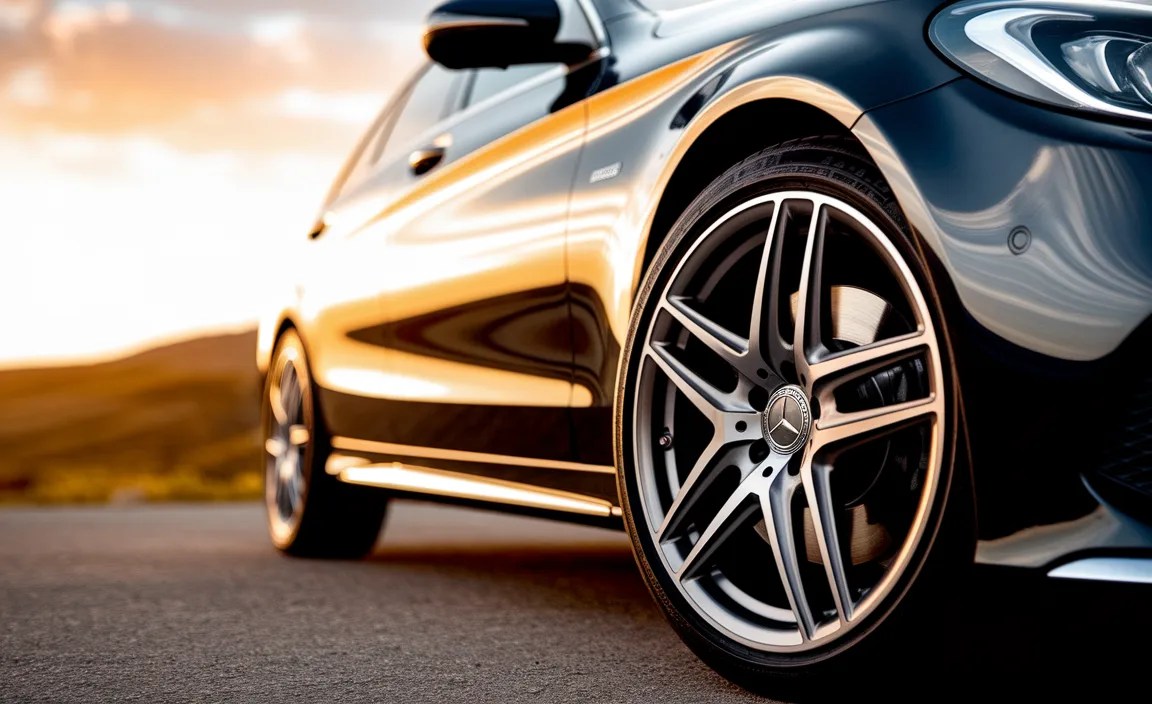
Here are a few types of designs and considerations, often seen across various brands:
| Wheel Design Type | Typical C Class Application | Aesthetic Impact | Considerations |
|---|---|---|---|
| Multi-Spoke | C200, C300, C43 (Elegant variants) | Classic luxury, sophisticated, elongates the look of the wheel. | Can be easier to clean; ensure spokes clear brake calipers. |
| Five-Spoke (Thick or Thin) | C300, C43, C63 (Sporty variants) | Aggressive, performance-oriented, highlights braking system. | Thinner spokes might be more vulnerable to impact damage, but often lighter. |
| Mesh/V-Spoke | C300, C43 (Modern Luxury/Sport) | Intricate, visually dynamic, can appear larger than they are. | Can be more challenging to clean due to the intricate patterns. |
| Split-Spoke/Y-Spoke | C43, C63 (Performance/Exclusive) | High-impact, modern, often associated with performance vehicles. | Can be visually busy but very distinctive. |
| Concave Designs | All C Class models (for aggressive stance) | Aggressive, sporty, pushes wheels outwards for a bold look. | Requires careful offset calculation to avoid rubbing. |
When looking at specific brands, research their reputation for quality control and customer service. For instance, brands like BBS, HRE, Vossen, and ADV.1 are highly regarded in the aftermarket wheel community for their premium offerings, though they come with a premium price tag. Many owners also find great satisfaction with high-quality cast wheels from brands like TSW or Rays Wheels, which offer excellent designs at more accessible price points.
Installation and Maintenance: Keeping Your Wheels Pristine
Once you’ve selected your perfect C Class alloy wheels, proper installation and ongoing maintenance are key to preserving their beauty and ensuring safe operation.
Installation Process
While installing wheels might seem straightforward, it’s best performed by professionals, especially when deviating from factory specifications. A professional installer will:
- Verify Fitment: Double-check that the wheels, tires, and all hardware are correct for your C Class.
- Mount Tires: Safely mount and balance your chosen tires onto the new wheels. Proper balancing is crucial to prevent vibrations.
- Install Wheels: Using a torque wrench, tighten the lug nuts to the manufacturer’s specified torque in a star pattern. Overtightening can damage the wheel studs or the wheel itself, while undertightening can lead to the wheel coming loose.
- Check Clearance: Ensure there is adequate clearance between the wheels, tires, and all suspension and body components through a full range of steering and suspension travel.
For crucial information on Mercedes-Benz torque specifications, consult your owner’s manual or a trusted service center. Many automotive repair resources, often found on ALFADAS or similar professional diagnostic platforms, provide detailed torque charts.
Maintenance for Longevity
To keep your C Class alloy wheels looking like new:

- Regular Cleaning: Wash your wheels regularly with mild soap and water to remove brake dust, dirt, and road grime. Brake dust is acidic and can etch into the finish if left for too long.
- Use Appropriate Cleaners: Avoid harsh chemicals, abrasive brushes, or steel wool, which can scratch or damage the wheel finish. Opt for pH-neutral wheel cleaners specifically designed for alloy wheels.
- Protect the Finish: Applying a high-quality wheel sealant or ceramic coating can add a protective layer, making them easier to clean and more resistant to environmental contaminants.
- Inspect for Damage: Periodically check your wheels for any signs of damage, such as curb rash, cracks, or bends. Small issues can sometimes be repaired, but significant damage may require wheel replacement for safety reasons.
Frequently Asked Questions (FAQ) About C Class Alloy Wheels
Q1: What are the standard C Class alloy wheel sizes?
Standard sizes vary by model year and trim level but commonly range from 17 inches to 18 inches. Higher performance models or optional packages often offer 19-inch wheels.
Q2: Can I fit larger wheels on my C Class?
Yes, you can often fit larger wheels (e.g., 19-inch or 20-inch), but it’s crucial to ensure they are compatible with your specific C Class model. This includes checking the bolt pattern (PCD), center bore, offset, and ensuring no interference with calipers, suspension, or fenders. It’s highly recommended to use a wheel offset calculator or consult a professional.
Q3: What is the difference between cast and forged alloy wheels?
Cast wheels are made by pouring molten metal into a mold, making them more affordable but generally heavier and less strong. Forged wheels are made by intensely pressing a solid aluminum block, resulting in wheels that are lighter, stronger, and more expensive.
Q4: How do I know if aftermarket wheels will fit my C Class?
You must match the bolt pattern (e.g., 5x112mm for most C Classes), center bore (e.g., 66.6mm for many Mercedes), and ensure the offset is within an acceptable range to avoid clearance issues and maintain proper vehicle dynamics. Always verify specifications for your exact vehicle model.
Q5: Is black alloy a good choice for my C Class?
Black alloy wheels can offer a sleek, sporty, and modern look that complements the luxury of a C Class. They come in various finishes like gloss, matte, or satin. However, they can show brake dust more readily and may require frequent cleaning to maintain their pristine appearance.
Q6: What is “curb rash” and how can I prevent it?
Curb rash is damage to the outer edge of a wheel caused by scraping against a curb. You can prevent it by parking carefully, being mindful of wheel placement when maneuvering, and considering wheels with a rim protector or a slightly smaller diameter than the tire.
Q7: Should I buy OEM or aftermarket C Class alloy wheels?
OEM (Original Equipment Manufacturer) wheels are guaranteed to be made to Mercedes-Benz’s exact specifications and quality standards. Aftermarket wheels offer a wider range of styles and finishes, and can sometimes be more affordable. However, ensure any aftermarket brand you choose has a strong reputation for quality and safety.
Conclusion: Elevating Your C Class with the Perfect Wheels
The journey to finding C Class alloy wheels that offer stunning perfection is one of careful consideration, balancing the desire for exceptional aesthetics with the uncompromising demands of performance and safety. By understanding the key specifications – from size and bolt pattern to material and offset – you can confidently select wheels that not only enhance your Mercedes-Benz’s visual appeal but also contribute positively to its driving dynamics.
Whether you opt for the timeless elegance of multi-spoke designs or the aggressive stance of a sporty five-spoke pattern, the right alloy wheels will transform your C Class into a true automotive statement. Remember to prioritize quality, consult reliable sources for specifications, and invest in professional installation and diligent maintenance. When done correctly, upgrading your C Class alloy wheels is an investment that brings lasting style and driving pleasure, truly embodying the refined luxury and engineering prowess that define the Mercedes-Benz experience.





